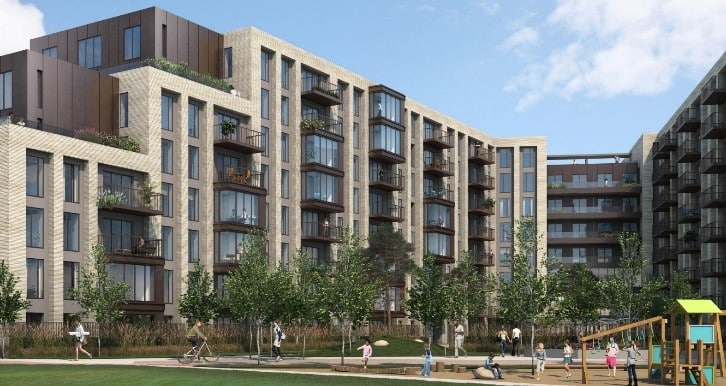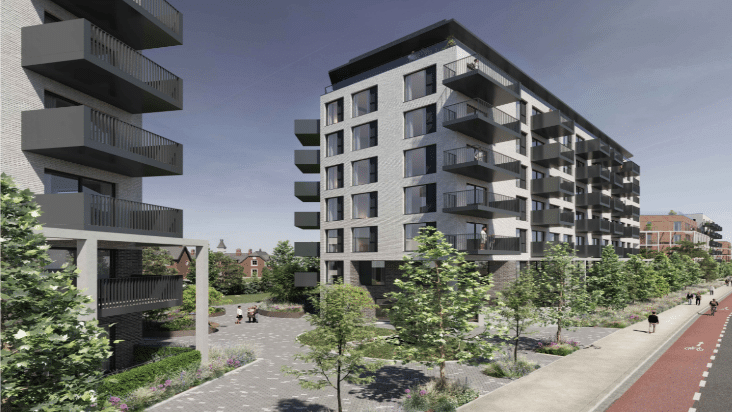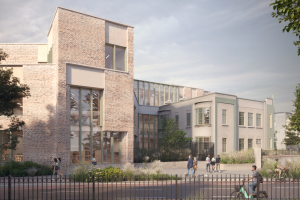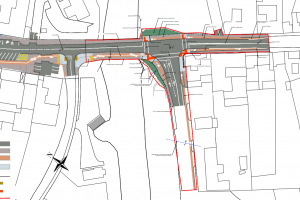Unlocking the Irish Housing Crisis: An Analysis of Planning Appeals, SHD’s and Judicial Reviews
Introduction
To understand the housing crisis in Ireland, we need to look at its root causes. These include a lack of supply, an increase in demand, rising rents, and unaffordable prices. The 2008 economic crisis also had a significant impact on the housing market, resulting in a decrease in construction and an increase in unemployment. While the economy has recovered, the housing market has not, and there is still a significant shortage of affordable and suitable housing in Ireland.
Planning Appeals and Judicial Reviews
Planning appeals and judicial reviews are two legal processes that can have a significant impact on the housing market in Ireland. Planning appeals allow parties to appeal planning decisions made by local authorities or An Bord Pleanála. Judicial reviews are legal challenges to decisions made by bodies such as local authorities or government agencies.
Impact of Planning Appeals on the Housing Crisis
Planning appeals have been identified as one of the main barriers to the delivery of affordable housing in Ireland. They can cause significant delays to the planning process and result in additional costs for developers. While planning appeals can help ensure that developments are sustainable and appropriate for their location, they can also be used to delay or block development entirely. This can be particularly problematic in areas with high demand for housing, such as Dublin and other major cities, where the shortage of housing has led to significant rent increases and homelessness.
Impact of Judicial Reviews on the Housing Crisis
Judicial reviews can also impact the delivery of affordable housing in Ireland. They can be used to challenge decisions made by local authorities or An Bord Pleanála, which can delay or block development. While judicial reviews are an important part of the legal system and can help ensure that public bodies act lawfully and fairly, they can significantly hinder or delay development.
Over 18 Thousand Units Awaiting a Decision
Construction Information Services (CIS) analysed over 700 projects on appeal as of March 2023. In total, there are over 18k units are currently on appeal and awaiting a decision. Dublin has the highest number of residential schemes currently on appeal with 151, followed by Cork with 63 and Wicklow with 31. These three counties have the most significant number of total residential units attributed to these appeals, with Dublin leading the way with 7,512 units, followed by Cork with 3,084, and Wicklow with 1,276.
When looking at the number of houses versus apartments, it is interesting to note that Dublin has a significantly higher number of apartments than houses currently on appeal. This is likely due to the high demand for accommodation in Dublin, which has led to an increase in the number of high-rise apartment buildings in recent years. Cork, on the other hand, has a higher number of houses than apartments, indicating a preference for more traditional housing in this county.
It is also worth noting that some counties have very few residential schemes on appeal, such as Carlow and Roscommon, which both having zero residential schemes on appeal with An Bord Pleanála.
Decision Delays on Almost 12 Thousand Units
As of March 2023, there are currently two categories of projects on appeal: projects awaiting a decision and projects overdue a decision.
With 700 projects currently on appeal, CIS has looked in to the volume which are currently awaiting a decision and those that should have had a decision made by now. Of the 700 projects on appeal, 151 projects are expecting a decision in the near future. However, there are 549 projects which have past their An Bord Pleanála decision due date. In regards to residential units; this equates to close to 12k units which should have had a decision made on them, to allow for progression. The council with the highest volume of projects on appeal is Dublin City Council, with 82 projects still awaiting a decision.
32 Thousand Units Awaiting a Decision under now Defunct Strategic Housing Development (SHD) Scheme
Introduced under the Planning and Development (Housing) and Residential Tenancies Act 2016, the Strategic Housing Development (SHD) process aimed to expedite the planning process for large-scale housing developments. SHDs include residential projects with 100 or more housing units, mixed-use developments with a majority of residential units, and large-scale student accommodation projects with at least 200 bed spaces.
By mid-March 2023, a total of 488 SHDs had been lodged through the fast-track process, of which 243 applications were granted. There are currently 91 Strategic Housing Development applications awaiting a planning decision from An Bord Pleanála.
These 91 schemes equate to nearly 32k residential units, with just over 7k houses and just under 25k apartments. Of the 91 schemes, 4% were lodged in 2021, 94% were lodged in 2022 and 2% lodged in 2023. As expected, Dublin has the highest volume of units, which are awaiting a planning decision, with over 21k units still with the Bord. Clare has the lowest volume of units, which are awaiting a planning decision, with just under 300 units still with the Bord.
As of late March 2023, CIS understands that The Department of Housing has granted An Bord Pleanála permission to dissolve its Strategic Housing Division, the unit within the planning body that oversees the controversial fast-track housing scheme.
Almost 15 Thousand Units Tied Up in Judicial Reviews
Judicial reviews can be initiated by residents and local community groups opposed to developments. These reviews focus on issues such as inadequate infrastructure, environmental concerns, and overdevelopment. In recent years, there has been a significant increase in the number of housing schemes in Ireland under judicial review.
As of March 2023, there were 105 judicial reviews relating to large-scale residential development sites in Ireland. The development sites which have gone through the judicial review process comprise a total of just under 34k units and just over 2k student bed spaces.
Of the 100 or so judicial reviews, 42% are still ongoing, 5% were won by An Bord Pleanála, 37% were lost or conceded by An Bord Pleanála and 16% were withdrawn.
The 42% of cases which are currently ongoing equate to close to 15k units and over 200 student bed spaces.
The 5% of cases that were won and upheld by An Bord Pleanála equate to 1.2k units. The 37% of cases that the Bord lost or conceded equate to just under 13k units and just over 1k student bed spaces. While 16% of judicial reviews that were subsequently withdrawn equated to 5.1k units and just under 700 student bed spaces.
Two of the largest Judicial Reviews currently ongoing are in relation to 545 Build to Rent apartments planned at lands at Concorde Industrial Estate, Naas Road, Walkinstown, Dublin 12

and 463 apartments planned for lands at ‘St. Joseph’s House’ and adjoining properties at Brewery Road and Leopardstown Road, Dublin 18.

While judicial reviews can ensure that developments are properly planned and consider the concerns of local communities, they can also result in delays and additional costs for developers. Therefore, it is crucial that all stakeholders work together to find a balance between providing much-needed new housing and ensuring that the development is sustainable and respects the needs of the local community and the environment.
Conclusion
In conclusion, the housing crisis in Ireland remains a complex and multifaceted issue, with the lengthy and complicated planning process being one of the significant challenges. While the introduction of the Strategic Housing Development program aimed to expedite the planning process for large-scale housing developments, the data analysed by CIS highlights that the program has ultimately failed to live up to expectations due to the high number of appeals submitted and the resulting delays.
Planning appeals and judicial reviews add to the delays in the delivery of new housing developments, frustrating both developers and potential homeowners. The significant disparity in the number of residential units across different counties in Ireland, with Dublin and Cork having the highest numbers and some other counties having relatively low numbers, further exacerbates the issue.
However, it is crucial to find a balance between providing much-needed new housing and ensuring that the development is sustainable and meets the needs of the local community and environment. The involvement of local communities and their feedback is essential in achieving this balance.
Overall, addressing the housing crisis in Ireland requires a collaborative effort from all stakeholders involved, including the government, developers, local communities, and environmental groups. Finding a sustainable solution that balances the needs of all parties is the key to unlocking the Irish housing crisis.
For more information please contact Pat McGrath ([email protected]) or Scott Delaney ([email protected]) at Construction Information Services (CIS), or call +353 1 2999204.
N.B Data was run and is correct as of 15th March 2023
Written by Adam Dargan | Research Executive | Construction Information Services








 Download CIS reports by clicking the button below.
Download CIS reports by clicking the button below.





